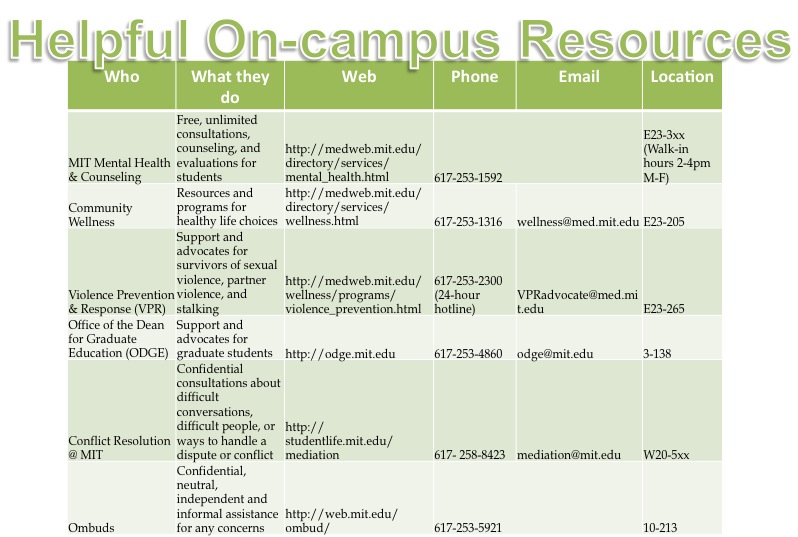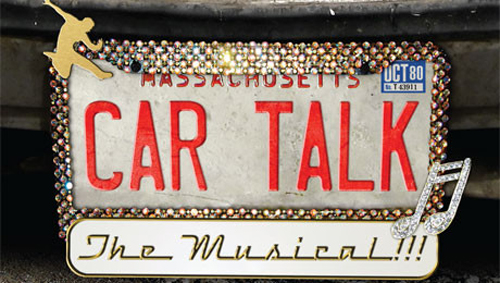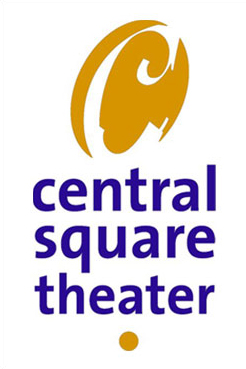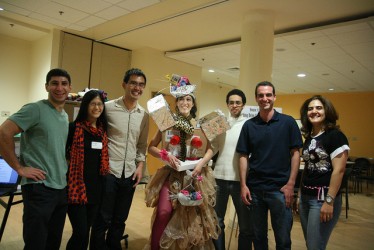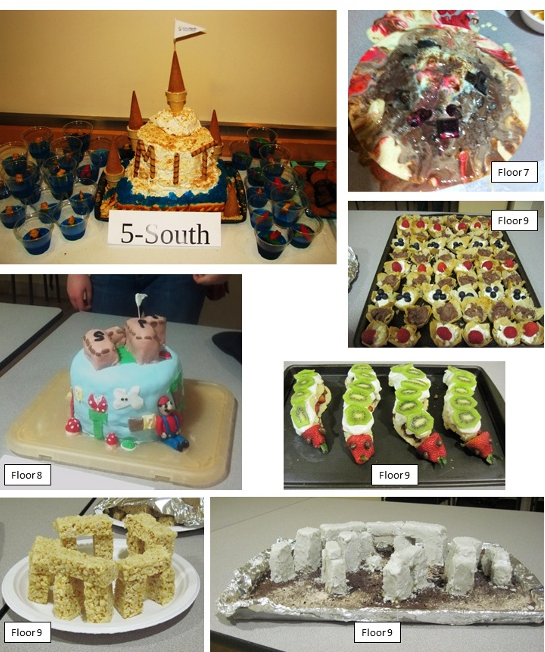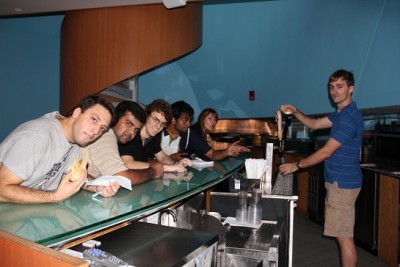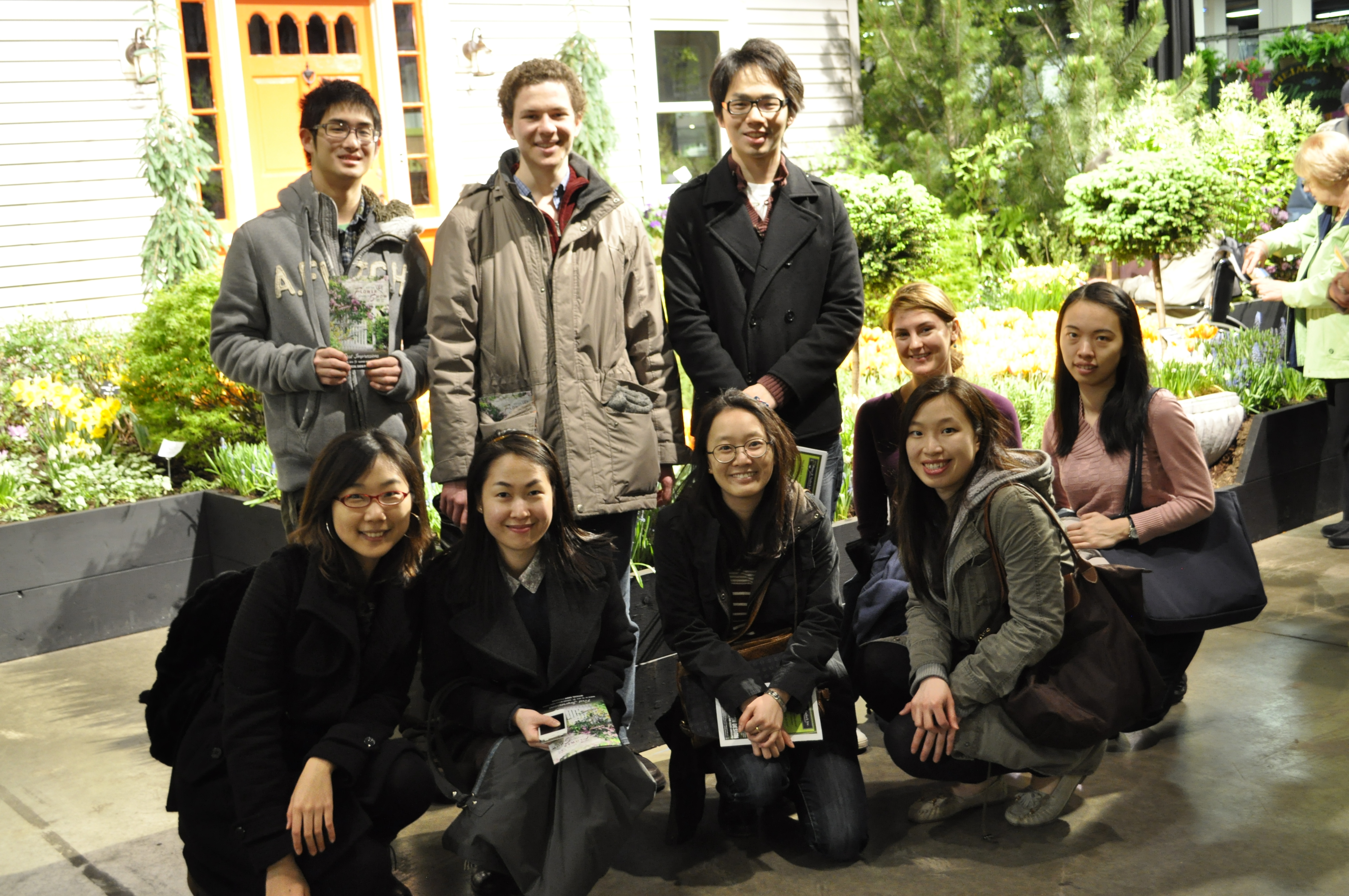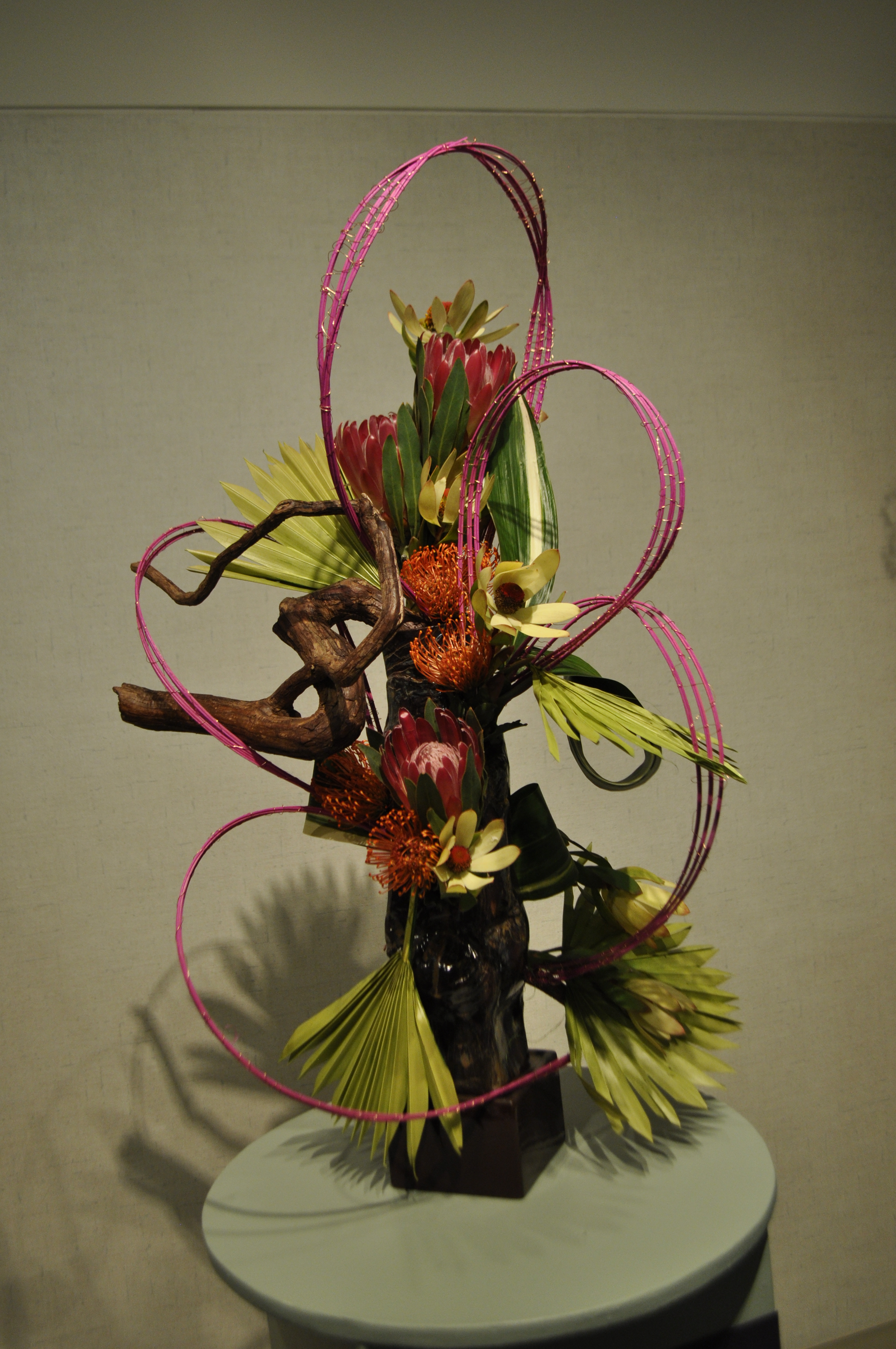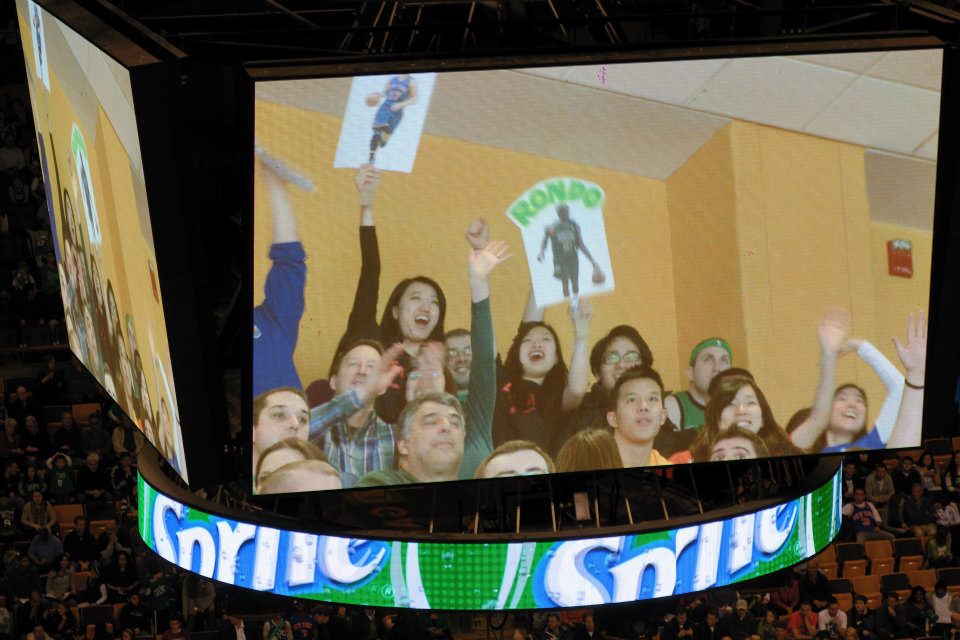A hall event on July 2, 2014 brought together more than 8 SP residents at Kendall Square Cinema for a showing of “Ivory Tower” – a documentary on the state of higher education in the US. Directed by Andrew Rossi, the film introduces the history behind higher education, compares the vastly different cultures of colleges across the country, and examines the issue of exponentiating tuition costs. The film criticizes the phenomenon of colleges competing against one another for “prestige” by means of large capital expenditures in facilities, some of which can almost be interpreted exclusively as for luxury. Rather than focusing on academics, higher education has become a business where students pay institutions and loan services for a unique “college” experience. The film looks into specific universities and the difficulties each faces, such as Harvard with its rigorous curricula and Cooper Union with its recent controversy surrounding the abolishment of the “free education” ideal. The film also covers creative solutions like online classes through Coursera, reformative mindset pioneered by the Uncollege movement, and alternative institutions like Deep Springs College. It also comments on their respective popularity and effectiveness. The documentary contains a good amount of statistics and sources to back up many of its claims, but is not politically neutral (in my personal opinion). It is certainly thought provoking, and I encourage you to check it out if you have the chance!
Category Archives: Event Review
Movie Review with Thraves

Charles Thraves, S-P resident
Charles Thraves, a graduate student in operations research at MIT and a resident at S-P recently watched the documentary Ivory Tower. We asked him for his thoughts on the film.
Thraves: Before going to the questions, I would say that I found a very interesting documentary, and that even though I suggest the outing to this event, it doesn’t mean that I agree 100% with all what it claims.
SPeaker: What did you know about the state of higher education in the US prior to watching the movie?
Thraves: I have known that there are plenty of offers in what higher education regards, where many names are in the top of the world. Also that higher education is a big step in life for U.S. citizens, and so is a big achievement to succeed in life.
SPeaker: What is one thing you learned by watching the movie?
Thraves: I learned different facets and issues that have been arising over the last decades. For example, the increasing student’s loans which now is exceeding a billion of dollars. This by itself may be reasonable since students are investing in their future. However, numerous institutions are operating like a business just aware to capture students by offering careers which hardly have a working field. In addition, some Universities are shaping according to stylize ranking measures, leading to huge expenditures on things which are very apart from educational purposes, and therefore increasing tuition costs. Also how online courses are entering into the stage to make knowledge more accessible, nonetheless many students feel that the learning is quite less compared to a classroom lessons. As a result, online courses are solving the symptoms of a problem (that accessibility to higher education should not depend on the student’s wealth), however, this is creating a segregation of two classes of students: the ones that can pay and so are eligible to face-to-face classes, and a second tier group which will just watch classes on YouTube.
SPeaker: What can you tell us about higher education in your home country? In particular, can you share one similarity and one difference from the system in the US?
Thraves: Higher education in Chile (my home country) is also expensive, and students debt is also an issue. We have numerous Universities that are literally like a for profit business. These institutions minimize costs as much as possible, they don’t spend on full time professors nor research, but just on marketing to capture students and classes (even better if they are online). Unfortunately information in these “markets” is very fuzzy. So plenty of people apply to these institutions receiving a low quality education while going into big debts which they hardly will be able to pay in future. One difference would be that Universities in Chile are more local, in the sense that they don’t have a mix of students of all over the country nor other countries as much as in the U.S.
SPeaker: Who would you recommend this movie to?
Thraves: People who like the education topic in general.
Hall Councilor Orientation
On Sunday, June 30th, 11 members of the hall council attended the annual Hall Councilor Orientation. The all-day workshop featured a number of experts from across MIT who gave presentations and led discussions on topics ranging from peer counseling to stress relief to active listening. Portions of the workshop were video-recorded with permission from the speakers to give to the hall councilors who were unable to attend due to off-campus summer plans.
The purpose of the Hall Councilor Orientation is to introduce hall councilors to conflict coaching, familiarize them with resources around MIT where they can refer residents who need help, and familiarize them with common issues and problems encountered by graduate students. The program was initiated in 2011 by Brian Spatocco, then Chair of the Halls.
The day started off at 9:30am with an introduction by Associate Housemaster Annette Kim about the vital role of the hall councilor in SP. In addition to hosting regular hall events, such as hall dinners, dessert nights, and “water wars,” hall councilors are a resource for SP residents to turn to if any issue should arise, whether it’s a noise complaint, a roommate dispute, or something more personal. Hall councilors are part of a network within SP (along with SPEC, the Housemasters, and House Manager) that helps support residents who have concerns or trouble.
There is also a network outside SP that residents and hall councilors can reach out to. 8 speakers from 6 different organizations across MIT spoke at the workshop, including representatives from: MIT Mental Health & Counseling, Residential Life Programs (RLP), Community Wellness, Violence Prevention & Response (VPR), the Office of the Dean for Graduate Education (ODGE), and Conflict Resolution@MIT.
Tying the day together were role play scenarios with real SP residents enacting situations that a hall councilor might encounter while serving at SP. It was an opportunity for the hall councilors to put what they learned throughout the day into practice, and get immediate feedback from seasoned coaches on their responses to the scenarios.
“[Sidney-Pacific has] a great group of Hall Councilors, and I’m glad I got to meet and work with them,” said Libby Mahaffy, Assistant Director of Conflict Resolution@MIT, who was a speaker and coach at the workshop. If you ever have any problem or unanswered question, don’t be afraid to email or approach your hall councilor. They’re here and ready to help!
by Rachael Harding, Chair of the Halls
Coming Soon: Kendall Square Redevelopment

Artist’s rendering of a redeveloped Main Street, as viewed from the intersection with Ames Street. Courtesy of MIT.
Over the last two years, MIT’s leadership have worked to develop a framework, the MIT 2030 plan, to guide the development and stewardship of our physical campus over the next several decades. Though this project will likely take many years to fully realize, certain pressing areas like graduate housing and Kendall Square development are being phased first for action.
MIT has looked into developing some of its real estate portfolio along Main Street in Kendall Square since March 2010 and filed its first petition in the spring of 2011. The city then engaged a year-long community planning process, known as K2 (Kendall Square), to amalgamate the needs and wishes of various stakeholder groups (e.g. neighborhoods, business owners, real estate developers, MIT, etc). During this process, the GSC and faculty grew concerned that the existing petition was deficient in its preservation of academic land and provision of housing. The first reservation was offered chiefly by outspoken faculty that expressed concerns over commercializing MIT’s last remaining undeveloped campus land assets, which were originally allocated for future academic and research expansion space.
The latter point, regarding housing, was initialized by the GSC Housing and Community Affairs committee as a result of nearly two years of quantitative analysis of the surrounding housing markets. According to the GSC’s data, the Cambridge off-campus housing market was experiencing record low vacancy rates, booming rental prices, and a yearly influx of additional high-wage earners seeking housing. The concern, as articulated in an article in the Faculty Newsletter, was that there was already a housing crisis and that further unchecked development would result in neighborhoods that were too expensive and competitive for graduate students to viably access. This, in turn, would result in a diffusion of the off-campus community into more distant neighborhoods that would impact the way we do research and live. In order to better understand the needs of MIT’s community, the article then called for the creation of a student-faculty-administrative working group to “propose a vision for off-campus communities and outline actions to guide us in this uncertain and unkind market”.
In response to these concerns, MIT Leadership commissioned a 2030 Faculty Task Force to evaluate the existing petition and make recommendations on next steps. The Task Force’s report made several recommendations, among them that MIT should indeed create a committee that looked at areas similar to what the GSC’s Faculty Newsletter article called for. The Task Force also gave the go-ahead for upzoning given a number of conditions were met prior to refiling the petition. MIT has since refilled and is now in the final stages of getting approval to rezone various parts of Kendall Square both commercially and residentially.
Although the proposed rezoning envisions some of the largest and most exciting changes to east campus in several decades, few students knew much about the project and even fewer harbored opinions. As a result, the Undergraduate Association, Graduate Student Council, and Postdoctoral Association decided to jointly co-host the first Institute-wide forum on Kendall Redevelopment to achieve the following three goals:
1. Allow students to hear the specifics of the MIT proposal directly from the MIT staff that wrote it.
2. Allow students to hear a diversity of opinion from MIT community members educated in the proposal.
3. Provide an initial venue for soliciting student feedback on the project.
In addition to being the first joint forum between undergraduates, graduates, and postdoctoral researchers, it also broke attendance expectations and forced the use of an overflow room. In attendance were approximately 140 graduate students, 50 undergraduates, 10 postdoctoral researchers, 10 faculty, and 10 administrators. Time was divided evenly amongst the pro, neutral, and against sides of the argument, and students were allowed to form their own judgments based on the discussions from the evening.
Below are the three most common sentiments for and sentiments against the petition, in order of decreasing precedence:
Sentiments For:
1. It helps MIT’s finances and grows our endowment: Students respect the critical importance of maintaining and growing our endowment, especially in the current sequestration climate. They understand that a healthy endowment is the principal enabler of the Institute’s support of its community.
2. It improves the eastern portion of campus and creates a gateway: Students desperately want to see something done to improve the landscape of the Kendall Square, add a grocery and pharmacy, and create a respectable entrance that better welcomes guests as well as links Sloan to main campus.
3. It creates an innovation center in Kendall and next to MIT: Many students appreciate the benefits of increasing the number of employers in the area and value of entrepreneurial activity though want to avoid what happened in University Park.
Sentiments Against:
1. This may significantly impact the housing market: Students feel concerned and helpless. In order to perform their job at the levels they are expected and the hours that are needed, losing viable near-campus housing options is very intimidating.
2. On-Campus corporate offices may interfere with the academic atmosphere: Students are uncomfortable with the apparent abasement of MIT’s culture and mission by selling potential academic land to corporations.
3. It limits the opportunities of MIT for expansion: This was a concern rooted mostly in the ability to find and grow lab space.
The vote on the MIT petition will take place in early April and likely shape the face and future of Kendall Square for many generations to come. If you’re interested to learn more or want to share your thoughts on the topic please do reach out and contact us at gsc-officers@mit.edu.
By Brian Spatacco (GSC President)
Taking the Front-Row Seat: Sid-Pac’s Distinguished Lecture Series
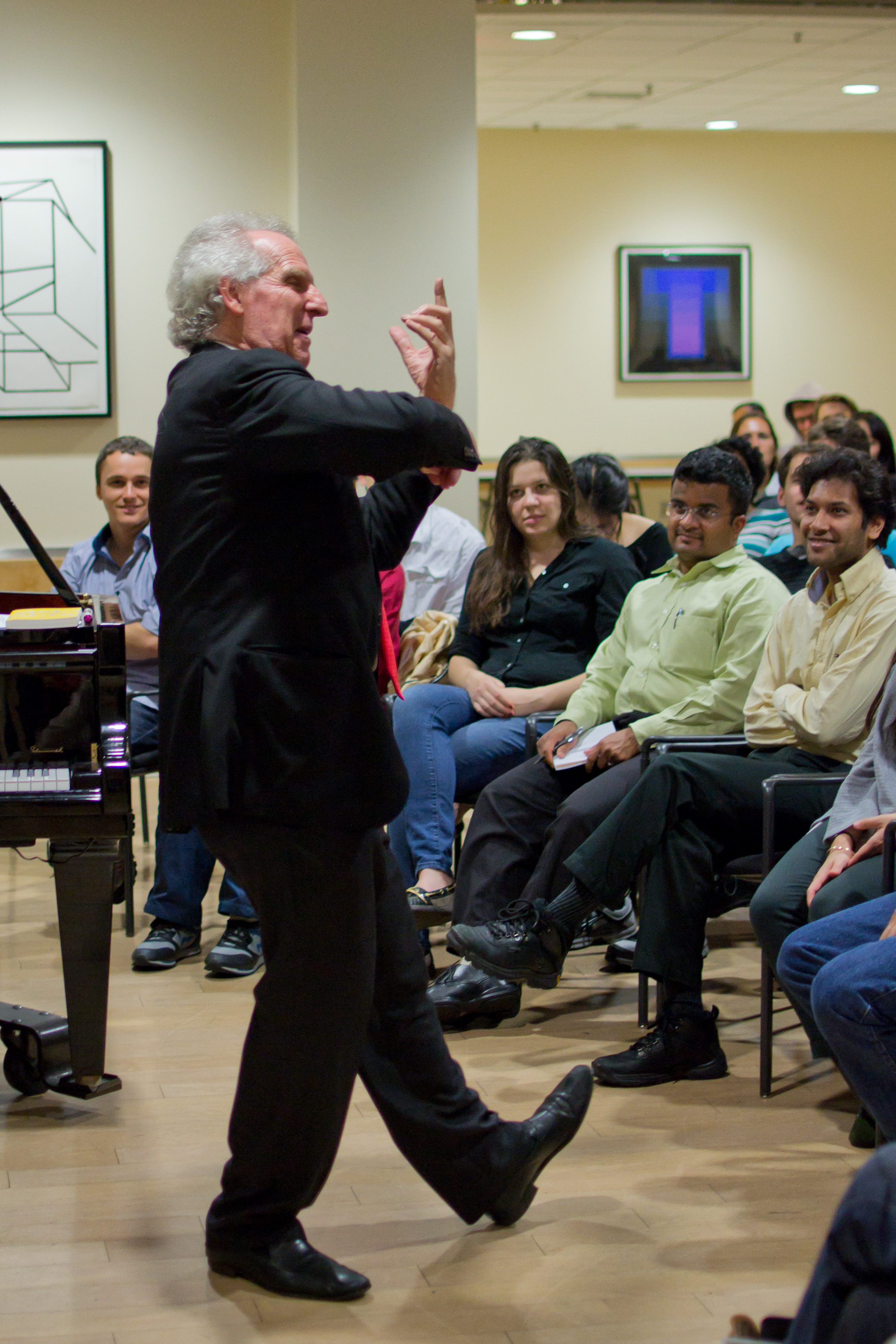
Maestro Benjamin Zander speaks at the Sidney Pacific Distinguished Lecture Series. Courtesy of CoSI.
“Have you ever considered why nobody ever sits in this row?” inquired Maestro Benjamin Zander, gesturing at the lonely row of empty chairs lining the front of Sidney Pacific’s otherwise packed multipurpose room. On the day after Hurricane Sandy, over 250 MIT students and community members ventured through the rain to attend Sidney Pacific’s Distinguished Lecture Series, one of the dorm’s longest-running traditions.
They came to attend a talk by Benjamin Zander, conductor of the Boston Philharmonic Orchestra and world-renowned TED speaker. Far from delivering a typical lecture, Zander led Sidney Pacific through an unusually interactive evening focusing on leadership, transformation, and personal growth through what he termed “the art of possibility.” Through colorful white board drawings and live piano demonstrations, Zander captivated us with tales of his personal adventures and life lessons. The front row of empty seats immediately filled with audience members who took up Zander’s invitation to engage in a mindset of possibility.
The Sidney Pacific Distinguished Lecture Series is hosted and organized by Sidney Pacific’s Committee on Scholarly Interactions (CoSI), which fosters community dialogue and interaction around intellectual, social, and political issues. We started off the term with a timely lecture by Christina Romer, former Chair of President Obama’s Council of Economic Advisers, who spoke on economic issues at stake in the 2012 presidential election. The lecture drew a record-breaking number of attendees from MIT as well as students from neighboring universities, and Zander’s rousing lecture mid-semester was similarly well attended. We rounded off the fall with Sidney Pacific Faculty Night, an evening for students and faculty to get to know one another in a more informal, non-academic environment.
Behind the scenes, these events are made possible through countless collaborations with other Sidney Pacific committees, including the Music Committee, our Housemasters and Associate Housemasters, and our heroic House Manager and staff. Zander’s interactive lecture was enriched and preceded by a very successful 70-person Boston Philharmonic music outing to Sanders Theatre, organized by Sidney Pacific’s music chair (Nate Zuk). Moreover, the novel seating format at Christina Romer’s lecture was made possible by joint planning with House Manager Jack Ahern and his staff. Most recently, our CoSI dinner discussion on female work-life balance was facilitated by Annette Kim, Sidney Pacific Associate Housemaster.
Next Spring, we look forward to hosting a town-hall discussion with MIT President Rafael Reif, a multimedia lecture on the neuroscience of creativity by neurosurgeon and musician Charles Limb, and a talk on civic engagement by Ethan Zuckerman from the MIT Center for Civic Media.
As always, we invite any residents to get involved with CoSI by emailing us at sp-cosi-chair@mit.edu. Perhaps we’ll see you next time in the front row!
Carrie Cai,
on behalf of Carrie Cai and David Rosen (CoSI Co-Chairs)
Boston College vs. Notre Dame: College Football in Boston
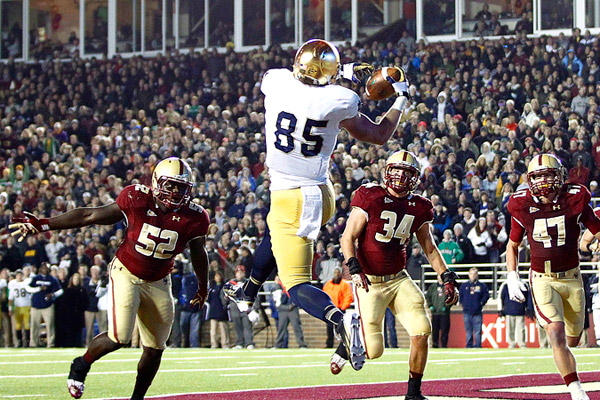
Tight End Troy Niklas (85) catches a Touchdown. Courtesy of ESPN.
As a die-hard Notre Dame football fan, I was very excited to attend the Notre Dame-Boston College game, known as the “Holy War”, on November 10th. I have been to a number of Notre Dame home games over the years but have I had never been to an away game. The game day atmosphere at Notre Dame is amazing and I was curious to see how it was at BC. I attended the game with my younger brother and his friends, who are currently juniors at Notre Dame. We went to a tailgate party before the game, where we enjoyed meatball subs, chips and beer with some BC fans, who turned out to be very friendly and welcoming despite the fact we were rooting for the opposing team. Although the area for tailgating was much more cramped than at Notre Dame, so much so that some tailgate parties were relegated to BC’s parking garage, the overall pregame atmosphere at Boston College was great, with numerous parties on campus and plenty of hamburgers and beer.
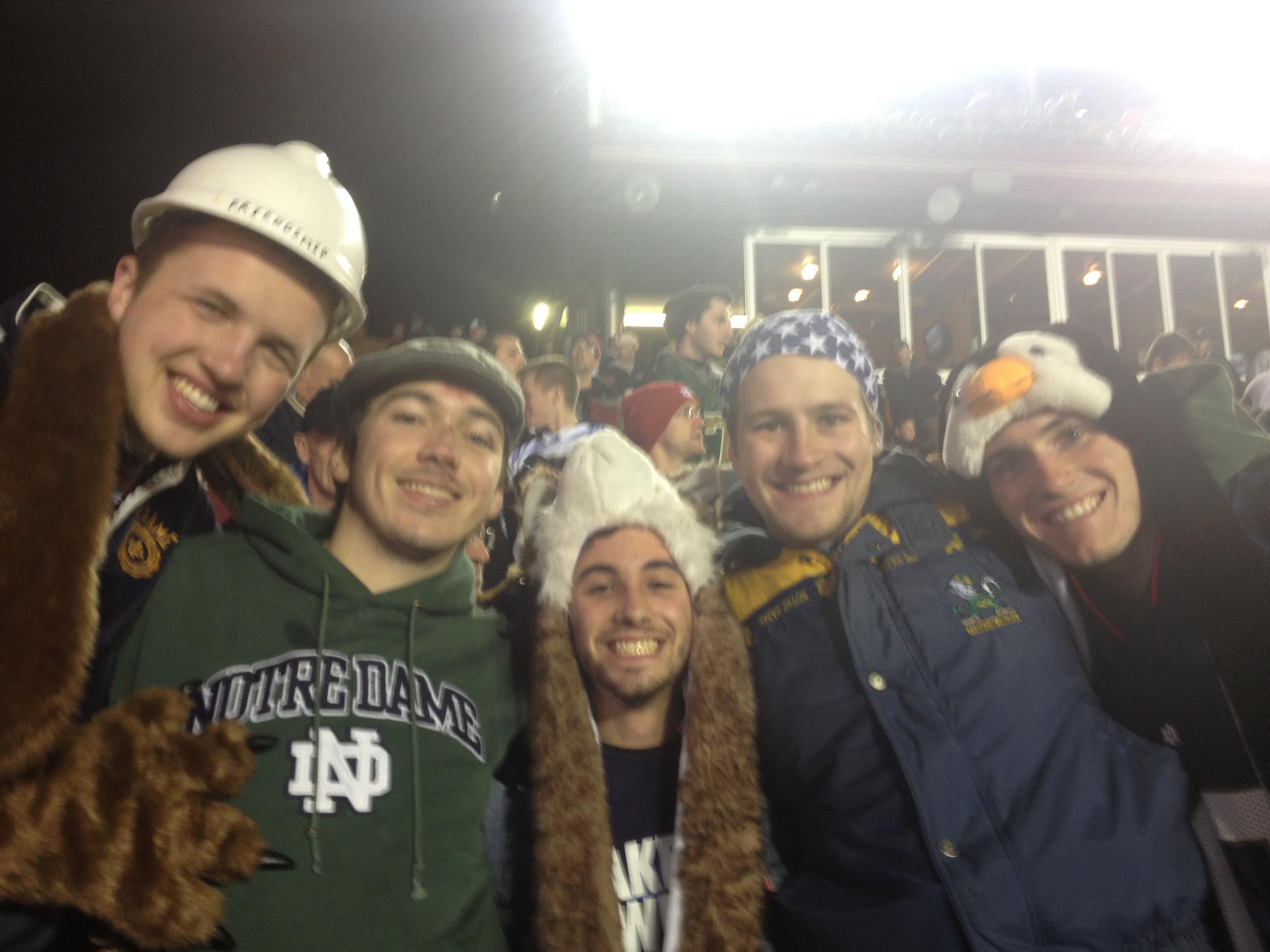
A group of wild and crazy Notre Dame super fans at half time.
We entered the stadium about 20 minutes before kickoff. Because of BC’s poor football season, and Notre Dame’s undefeated season and large alumni presence in Boston, it was difficult to spot any BC fans outside of the student section in the stadium. The game itself was not extraordinary, but we all still had a great time cheering on the Fighting Irish with all the other Notre Dame fans in the stands, including some alumni who helped us do crowd push-ups after Notre Dame touchdowns. The Fighting Irish beat the BC Eagles 21-6 and Notre Dame continued its completely unexpected undefeated season, which has resulted in Notre Dame’s first national championship appearance in over 20 years.
Although the BC football program is not great right now, they have just hired a new coach and are typically a good football team. Because of this, and the enjoyable game day atmosphere at BC, I would highly recommend attending a BC football game. Boston College is just a half-an-hour T ride away and football tickets can be as cheap as $20.
By Patrick Blonigan (SP Newsletter Chair)
Review of ‘Car Talk: The Musical’ – A fast-paced and hilarious comedy parodying the clichés of musical theater and NPR’s CarTalk
Written and Directed by Wesley Savick, professor at Suffolk University, Car Talk: The Musical is a fast-paced comedic musical adaptation of NPR’s long running radio show Car Talk, hosted ‘Click and Clack, the Tappet brothers’ (Tom and Ray Magliozzi) which has aired on Saturday mornings on NPR since 1987. The goofy plot pokes fun at the clichés of Broadway Theater, referencing The Wizard of Oz, West Side Story, Chicago, Hair, and pretty much every other musical you have (or have not) seen. The plot follows Rusty Fenders (aka Randy), an overweight, studio-apartment dwelling, divorcee who’s only love in life is his ‘Pride’ – a decrepit and unreliable Kia, and his stable and caring co-worker, Sheila B. Goodfew who is secretly in love with him. Randy is forced to decide between Sheila and Miata C. LaChassis, a sexy younger woman (or sports car depending on your interpretation) in his quest for a loving relationship (or a new car, again depending on interpretation). In a parallel plot, randy is faced with the dilemma of how to get his Kia fixed and ends up seeing the ‘wizard of cars’, an embodiment of the Tappet brothers on their radio show.
Although the plot is (intentionally) silly, cliché, predictable, and ultimately forgettable, this show is spectacular. Well acted, the sets are amazing (especially considering that this is a community theater) and the costumes (especially the ‘wizard of cars’ are outstanding.) Although 90 minutes in length with no intermission, you will be laughing so hard it is over before you notice. My one disappointment with the show was that, despite its name and association with its namesake NPR show, Car Talk has very little to do with cars. One of the charms of the radio show is its ability to discuss, in technical detail, a variety of mechanical and electrical automotive problems, thereby appealing to car nerds and engineers, while maintaining appeal to a general audience. This charm was noticeably absent in the musical which, despite being set in an automotive garage, concerns the creation and maintenance of human relationships, not automobiles.
Time: Through Sep. 15
Location: 450 Mass. Ave., Cambridge, MA (Central Square Theater)
Price: $20-$50
Contact: CentralSquareTheater.org
By Matthew D’Asaro
And the Winner Is…
Each year, amidst the regularity of hall dinners and the sporadic joint hall event drawing but a few floors, there is the House Cup, a collection of zany events which draw together all halls for blood, sweat, tears, team-building, and rallying against a common enemy: all the other halls.
The setup is simple. Roughly once a month during the academic school year, there is a House Cup event for which the 13 Hall Councilors lead their halls in fierce competition for bragging rights, eternal glory, and swanky prizes. The events themselves are diverse in topic ranging anywhere from and beyond cooking, donating a ton of food (this year’s House Cup food drive collected 1967 pounds), painting, sprinting around campus taking pictures, carrying giant bags of flour (3-North’s secret recipe), and dressing up in garbage bags and cardboard boxes (Floor 9’s ace in the hole for this year’s fashion show). The hope is that diverse events draw diverse crowds and perhaps even teach residents some fancy new and occasionally useful life skills.
And we try to reward participants handsomely. A random sampling of this year’s awards includes movie tickets, Toscanini gift cards, large square plates, USB sticks, and glass mugs. And the hall that aggregates the most points across each year gets etched into a trophy so that thousands of years later, when someone enters the SP lobby, she or he shall see the winner from the 2011-2012 academic year engraved eternal like an epitaph on a tombstone.
After taunts were shouted, votes were cast, peer rankings were submitted, and Japonaise cake was eaten, Hall Councilor Jen Jarvis led Floor 9 to glorious victory this year. Trailing in second and third place were Jon Malmaud of 3-North and Becky Asher of 5-South, respectively. For a full listing of this year’s House Cup events along with event descriptions, photos, and outcomes, please visit: http://s-p.mit.edu/about_sp/house_cup.php
Boston Flower and Garden Show
Michelle, the interest groups chair, and I recently co-organized a trip for SP residents to the “Boston Flower and Garden Show” on March 17. The flower show is a relatively new event, started by the Paragon group in 2010 after the end of a 137-year-old major flower show in Boston, hosted by MassHort. The show mainly consisted of three parts: gardens, market places, and competition.
When we arrived at the show, I was surprised by beauty of the gardens; it surpassed all my expectations. The exhibitors had set up expansive gardens, complete with brick paths, bridges, fountains, and gazebos! Each garden told a story, from the one with a stone path leading up to a bottle of wine on a picnic blanket to the garden with a kids playhouse. As people were interested in different types of gardens, our group slowly split off into smaller groups as we wandered through the exhibits. By the end, I was in a group with Boris, Michelle, Steven, and Stephanie. In addition to the elaborate gardens, we were inspired by the educational amateur floral design and horticulture competition. We were so immersed in the experience that it took us more than 3 hours to browse all the displays. In the end, I, as the Plants Chair, bought some beautiful begonia for Sidney-Pacific. I would like to thank Boris and Steven in particular for carrying those plants all the way back to SP. Hopefully many of you have noticed the new flowers in the lobby and 8th floor common kitchen!
As the experience of the show was fabulous, I encourage you to follow the information about the next event on the website:
http://www.bostonflowershow.com/,
and hopefully we will see each other (again) next year!
By Dawsen Hwang, SP Plants Chair
When SP Meets Linsanity
The Cinderella story of the New York Knicks’s new point guard, Jeremy Lin, has surely drawn a lot of attention from the mass media lately. Sidney-Pacific also met “Linsanity” on March 4th. A group of more than 49 residents from Sidney-Pacific visited TD Garden to watch the game between the New York Knicks and Boston Celtics and to experience this world-wide frenzy personally. It was one of the largest interest group outings of the year, and that is only counting the number of residents who bought their tickets via interest group – many more residents went by themselves.
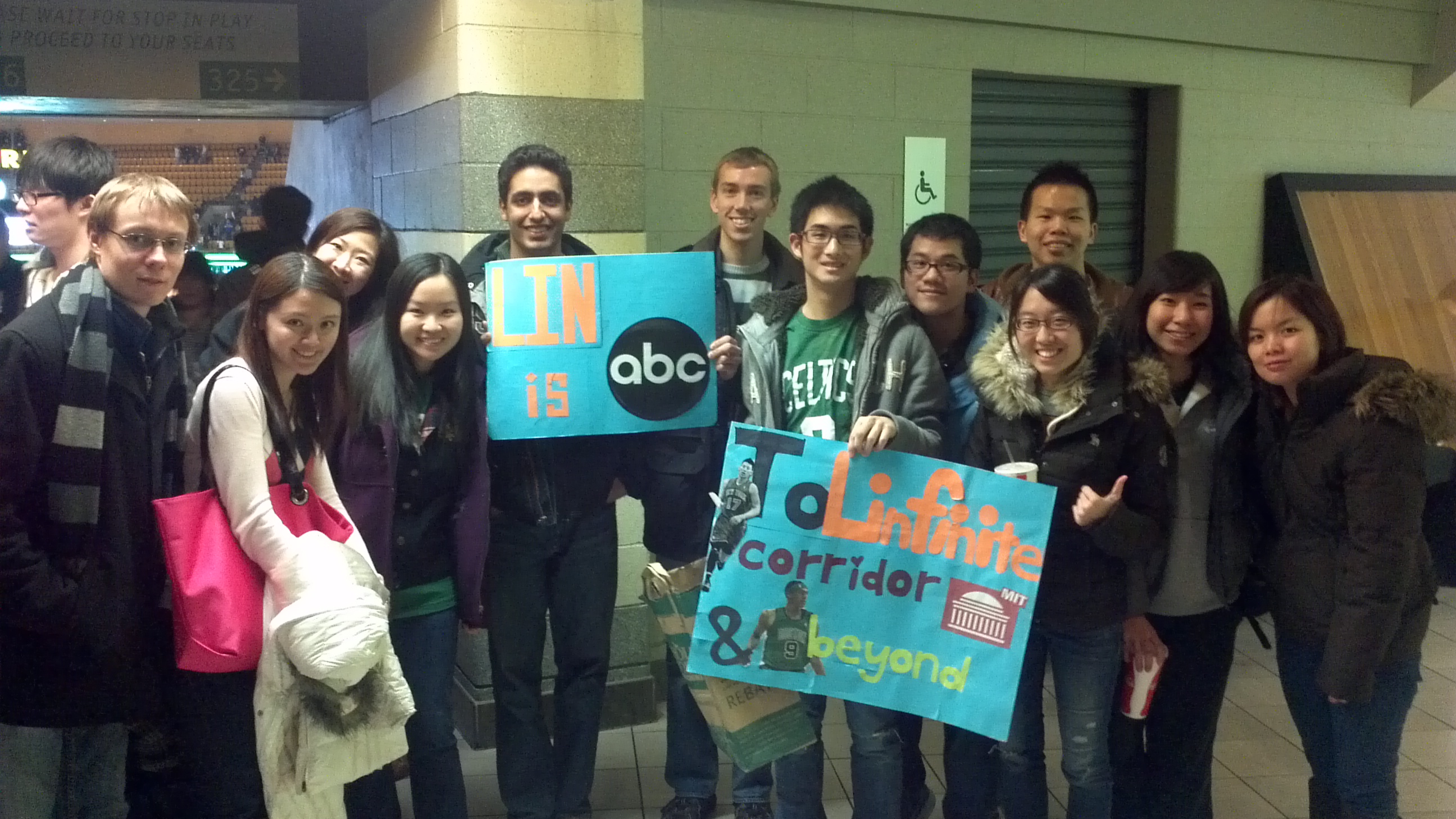
The game between the New York Knicks and Boston Celtics was one of the largest interest group outings of the year.
For me personally, the whole experience started the night before the game. Michelle, Yu-Han, Dawsen and I decided to make some signs and posters to show our support – but our real motivation was to get onto the Jumbotron (the large TV in the center of the court) during the game. After some discussion, we came up with the slogan, “To Linfinite Corridor and beyond.” Yu-Han and Dawsen were working on the posters and Michelle and I were making two signs, one for Rondo and one for Lin. It turned out that trying to print enlarged photos of Rondo and Lin was much more complicated than we had imagined. We started making the posters at 10:30 pm, but ran into all sorts of computer trouble; by the time we had our posters and signs made, it was already 2 am and we were completely exhausted…
On game day, the sold-out stadium was packed. Thanks to our secret weapon, the sign of Rajon Rondo, our group had two Jumbotron appearances during the game. We learned a strategy to be featured on the big screen: 1) make a sign for the host team, and 2) dance like crazy with the sign whenever you see a cameraman looking your way. The game itself was intense and physical because the two teams were so well matched, their ranks differing by just one place in the Eastern Conference. Supporters for each team were cheering eagerly throughout the game. I, however, had a dilemma: I would prefer to see the Celtics winning, but I also did not want to see Jeremy Lin deliver a poor performance. Thus, it was really hard to decide which team to cheer for. Rondo, however, did outperform Lin by achieving a triple-double in the game. Then Lin made some big plays in the 4th quarter to help the Knicks regain the lead. Finally, Pierce made a game-tying 3-pointer and sent the game to overtime where the Celtics prevailed against the Knicks. It was a great game to see the two teams battle until the final minute, but this game together with all the other stories of Linsanity begins to make me wonder what my take from the Linsanity story is.
Jeremy Lin’s emergence is probably one of the most dramatic stories in the recent NBA history. Just when the Knicks were on a 6-game losing streak and the former head-coach, Mike D’Antoni, was on the verge of losing his job, Jeremy Lin stepped out from the deep end of the bench and delivered a 7-game winning streak. The story of Linsanity occupied all sport headlines throughout February as Lin’s outstanding performance right off the bench dazzled the world. Just as people thought the Knicks would play even better when Carmelo Anthony returned to the team, the story took a turn for the worse. Different conflicts surfaced as the Knicks lost another 6 games in a row. Mike D’Antoni was forced to resign and Linsanity seemed to meet its untimely end. People thought Lin might no longer play a big role, especially when Mike Woodson, the new head-coach, stated that his game strategy will mainly focus on the two star players, Anthony and Stoudemire. Lin, however, still managed to play a dominant role by averaging 14.8 points and 6 assists per game as the Knicks snatched another 5 victories.
Although generally applauded by the media, Lin has also been facing a lot of criticism since his emergence regarding his high turnovers, tendency to go right when dribbling, etc. It is true that his stats cannot match those of other star point guards such as Derrick Rose or Rojon Rondo, but let’s not forget that this is the first time that Jeremy Lin is playing for significant minutes in the NBA. He needs time to learn, adjust and improve, which he is already doing – he has significantly reduced his turnovers in the past few games. More importantly, what makes his story inspiring is more than his basketball performance. I admire his story not because he is the first Asian-American of Taiwanese descent in the NBA, but because his story teaches us that in a time of uncertainty when no one recognizes your talents and nothing seems to be going your way, you just have to be persistent and faithful and you will prevail in the end. No matter what situation he was in, whether that was winning 7 games in a role or being blamed for losing 6 straight games, he remained the same humble player who did not desperately try to prove or disprove anything to anyone. The importance of remaining confident despite adversities, and yet not becoming arrogant after successes, is a life-long lesson that we can learn from Jeremy Lin.
Returning from TD Garden that day, we all felt a bit of Linsanity. Although it has cooled off in recent weeks, the Linsanity story continues to have many interesting aspects no matter how one looks at it. So what is your take on the Linsanity phenomenon?
By Steven Chang, SP Newsletter Chair


